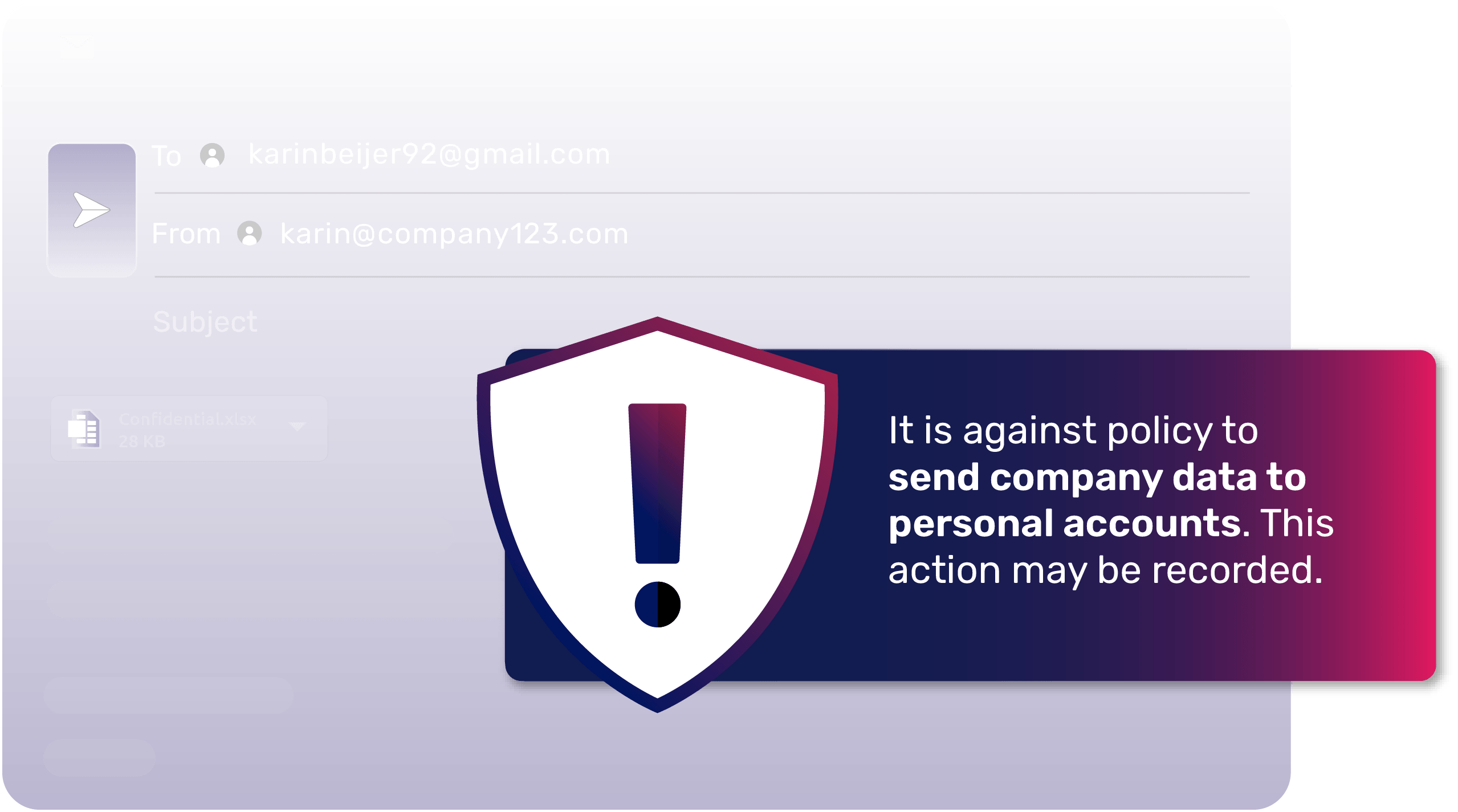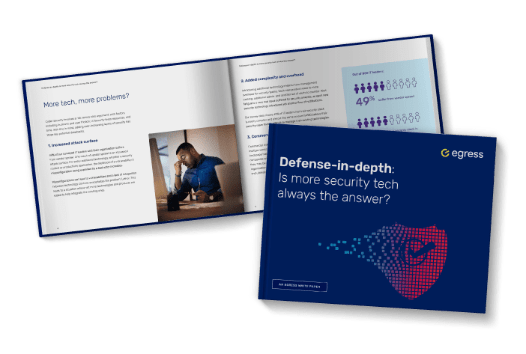Sed diam voluptua. At vero eos et accusam et justo duo dolores et Lorem ipsum dolor sit amet, consetetur sadipscing elitr. Sed diam voluptua. At vero eos et accusam et justo duo dolores et Lorem ipsum dolor sit amet, consetetur sadipscing elitr.

CISO STRATEGY GUIDE
Managing data exfiltration in Microsoft 365
Download this guide to learn:

Why employees exfiltrate data over email

How individuals bypass internal safeguards to send sensitive information to personal emails

The limitations of traditional DLP solutions in detecting exfiltration
Download your free report
Sed diam voluptua. At vero eos et accusam et justo duo dolores et Lorem ipsum dolor sit amet, consetetur sadipscing elitr.

Lorem ...
Sed diam voluptua. At vero eos et accusam et justo duo dolores et Lorem ipsum dolor sit amit.
Sed diam voluptua. At vero eos et accusam et justo duo dolores et Lorem ipsum dolor sit amet, consetetur sadipscing elitr.

Lorem ...
Sed diam voluptua. At vero eos et accusam et justo duo dolores et Lorem ipsum dolor sit amit.
Sed diam voluptua. At vero eos et accusam et justo duo dolores et Lorem ipsum dolor sit amet, consetetur sadipscing elitr. Sed diam voluptua. At vero eos et accusam et justo duo dolores et Lorem ipsum dolor sit amet, consetetur sadipscing elitr.
Sed diam voluptua. At vero eos et accusam et justo duo dolores et Lorem ipsum dolor sit amet, consetetur sadipscing elitr.

Lorem ...
Sed diam voluptua. At vero eos et accusam et justo duo dolores et Lorem ipsum dolor sit amit.
Sed diam voluptua. At vero eos et accusam et justo duo dolores et Lorem ipsum dolor sit amet, consetetur sadipscing elitr. Sed diam voluptua. At vero eos et accusam et justo duo dolores et Lorem ipsum dolor sit amet, consetetur sadipscing elitr.
Sed diam voluptua. At vero eos et accusam et justo duo dolores et Lorem ipsum dolor sit amet, consetetur sadipscing elitr.

Lorem ...
Sed diam voluptua. At vero eos et accusam et justo duo dolores et Lorem ipsum dolor sit amit.
Sed diam voluptua. At vero eos et accusam et justo duo dolores et Lorem ipsum dolor sit amet, consetetur sadipscing elitr. Sed diam voluptua. At vero eos et accusam et justo duo dolores et Lorem ipsum dolor sit amet, consetetur sadipscing elitr.
Sed diam voluptua. At vero eos et accusam et justo duo dolores et Lorem ipsum dolor sit amet, consetetur sadipscing elitr.

Lorem ...
Sed diam voluptua. At vero eos et accusam et justo duo dolores et Lorem ipsum dolor sit amit.
Sed diam voluptua. At vero eos et accusam et justo duo dolores et Lorem ipsum dolor sit amet, consetetur sadipscing elitr. Sed diam voluptua. At vero eos et accusam et justo duo dolores et Lorem ipsum dolor sit amet, consetetur sadipscing elitr.
Sed diam voluptua. At vero eos et accusam et justo duo dolores et Lorem ipsum dolor sit amet, consetetur sadipscing elitr.

Lorem ...
Sed diam voluptua. At vero eos et accusam et justo duo dolores et Lorem ipsum dolor sit amit.
Sed diam voluptua. At vero eos et accusam et justo duo dolores et Lorem ipsum dolor sit amet, consetetur sadipscing elitr. Sed diam voluptua. At vero eos et accusam et justo duo dolores et Lorem ipsum dolor sit amet, consetetur sadipscing elitr.
Sed diam voluptua. At vero eos et accusam et justo duo dolores et Lorem ipsum dolor sit amet, consetetur sadipscing elitr.

Lorem ...
Sed diam voluptua. At vero eos et accusam et justo duo dolores et Lorem ipsum dolor sit amit.
Sed diam voluptua. At vero eos et accusam et justo duo dolores et Lorem ipsum dolor sit amet, consetetur sadipscing elitr. Sed diam voluptua. At vero eos et accusam et justo duo dolores et Lorem ipsum dolor sit amet, consetetur sadipscing elitr.
Related resources

Sed diam voluptua. At vero eos et accusam et justo duo dolores et Lorem ipsum dolor sit amet

Sed diam voluptua. At vero eos et accusam et justo duo dolores et Lorem ipsum dolor sit amet

Sed diam voluptua. At vero eos et accusam et justo duo dolores et Lorem ipsum dolor sit amet
Sessions
Speakers

Tony Pepper
CEO, Egress

Chris Novak
Cybersecurity Advisor, The White House

Perry Carpenter
Chief Evangelist, KnowBe4
The Mind’s Lie: How to respond to employees’ thoughts and actions being hacked
We’re all wired to deceive and be deceived. Join Perry Carpenter and Jack Chapman for an engaging exploration into the dark world of deception and the current threats people face.
After laying the groundwork on the art and science behind why people fall victim to social engineering, Perry and Jack will walk through practical examples of how cybercriminals exploit our decision-making processes and provide insight into the ways organizations can respond through a combination of technology and education.
Speakers

Tony Pepper
CEO, Egress

Chris Novak
Cybersecurity Advisor, The White House

Perry Carpenter
Chief Evangelist, KnowBe4
The Mind’s Lie: How to respond to employees’ thoughts and actions being hacked
We’re all wired to deceive and be deceived. Join Perry Carpenter and Jack Chapman for an engaging exploration into the dark world of deception and the current threats people face.
After laying the groundwork on the art and science behind why people fall victim to social engineering, Perry and Jack will walk through practical examples of how cybercriminals exploit our decision-making processes and provide insight into the ways organizations can respond through a combination of technology and education.
Speakers

Tony Pepper
CEO, Egress

Chris Novak
Cybersecurity Advisor, The White House

Perry Carpenter
Chief Evangelist, KnowBe4
The Mind’s Lie: How to respond to employees’ thoughts and actions being hacked
We’re all wired to deceive and be deceived. Join Perry Carpenter and Jack Chapman for an engaging exploration into the dark world of deception and the current threats people face.
After laying the groundwork on the art and science behind why people fall victim to social engineering, Perry and Jack will walk through practical examples of how cybercriminals exploit our decision-making processes and provide insight into the ways organizations can respond through a combination of technology and education.
Speakers

Tony Pepper
CEO, Egress

Chris Novak
Cybersecurity Advisor, The White House

Perry Carpenter
Chief Evangelist, KnowBe4
The Mind’s Lie: How to respond to employees’ thoughts and actions being hacked
We’re all wired to deceive and be deceived. Join Perry Carpenter and Jack Chapman for an engaging exploration into the dark world of deception and the current threats people face.
After laying the groundwork on the art and science behind why people fall victim to social engineering, Perry and Jack will walk through practical examples of how cybercriminals exploit our decision-making processes and provide insight into the ways organizations can respond through a combination of technology and education.
Speakers

Tony Pepper
CEO, Egress

Chris Novak
Cybersecurity Advisor, The White House

Perry Carpenter
Chief Evangelist, KnowBe4
The Mind’s Lie: How to respond to employees’ thoughts and actions being hacked
We’re all wired to deceive and be deceived. Join Perry Carpenter and Jack Chapman for an engaging exploration into the dark world of deception and the current threats people face.
After laying the groundwork on the art and science behind why people fall victim to social engineering, Perry and Jack will walk through practical examples of how cybercriminals exploit our decision-making processes and provide insight into the ways organizations can respond through a combination of technology and education.
Speakers

Tony Pepper
CEO, Egress

Chris Novak
Cybersecurity Advisor, The White House

Perry Carpenter
Chief Evangelist, KnowBe4
The Mind’s Lie: How to respond to employees’ thoughts and actions being hacked
We’re all wired to deceive and be deceived. Join Perry Carpenter and Jack Chapman for an engaging exploration into the dark world of deception and the current threats people face.
After laying the groundwork on the art and science behind why people fall victim to social engineering, Perry and Jack will walk through practical examples of how cybercriminals exploit our decision-making processes and provide insight into the ways organizations can respond through a combination of technology and education.
Speakers

Tony Pepper
CEO, Egress

Chris Novak
Cybersecurity Advisor, The White House

Perry Carpenter
Chief Evangelist, KnowBe4
The Mind’s Lie: How to respond to employees’ thoughts and actions being hacked
We’re all wired to deceive and be deceived. Join Perry Carpenter and Jack Chapman for an engaging exploration into the dark world of deception and the current threats people face.
After laying the groundwork on the art and science behind why people fall victim to social engineering, Perry and Jack will walk through practical examples of how cybercriminals exploit our decision-making processes and provide insight into the ways organizations can respond through a combination of technology and education.
I'm a header that can be moved anywhere
I'm a header that can be moved anywhere
I'm some paragraph text to go with the header

Download the full report
94%
of organizations have experienced data loss and exfiltration
33%
of employees have reportedly exfiltrated data for work purposes
27%
of organizations have lost data due to an employee moving jobs

Learn the tactics used by employees to bypass organizational safeguards
Data exfiltration over email is among the most elusive threats that organizations face, and it’s a widespread issue. In fact, Egress’ 2024 Email Security Risk Report revealed that 94% of organizations report experiencing data loss and exfiltration within their Microsoft 365 environment, with 91% suffering significant fallout as a result.

Out of 800 IT leaders...
Defense-in-depth is a popular strategy. Yet despite organizations constantly adding more layers to their security stacks, they remain vulnerable to inbound attacks and outbound breaches.
This report explores the drawbacks of introducing too many vendors and security technologies into your business, and why streamlining around one or several vendor suites can improve overall security.

Out of 800 IT leaders...
Defense-in-depth is a popular strategy. Yet despite organizations constantly adding more layers to their security stacks, they remain vulnerable to inbound attacks and outbound breaches.
This report explores the drawbacks of introducing too many vendors and security technologies into your business, and why streamlining around one or several vendor suites can improve overall security.

Out of 800 IT leaders...
Defense-in-depth is a popular strategy. Yet despite organizations constantly adding more layers to their security stacks, they remain vulnerable to inbound attacks and outbound breaches.
This report explores the drawbacks of introducing too many vendors and security technologies into your business, and why streamlining around one or several vendor suites can improve overall security.

Lorem ipsum dolor sit amet consectetur adipisicing elit. Eveniet quibusdam quis sit.

Minima mollitia optio esse est blanditiis ex possimus provident officia, enim libero quo sapiente quod porro.

Out of 800 IT leaders...
Defense-in-depth is a popular strategy. Yet despite organizations constantly adding more layers to their security stacks, they remain vulnerable to inbound attacks and outbound breaches.
This report explores the drawbacks of introducing too many vendors and security technologies into your business, and why streamlining around one or several vendor suites can improve overall security.

Find out why conventional DLP tools fall short
One of the primary challenges with static DLP rules is their heavy reliance on manual processes and ongoing administrative oversight. 94% of organizations rely solely on static email DLP rules, and 51% rely on reviewing audit logs to detect potential breaches.
This manual approach is a drain on the security team’s time, and demands constant adjustments to keep the system aligned with user behavior. Of those Cybersecurity leaders using static rules, 100% expressed frustration with them, citing inefficiencies, high administrative effort, and security gaps as major pain points.

Out of 800 IT leaders...
Defense-in-depth is a popular strategy. Yet despite organizations constantly adding more layers to their security stacks, they remain vulnerable to inbound attacks and outbound breaches.
This report explores the drawbacks of introducing too many vendors and security technologies into your business, and why streamlining around one or several vendor suites can improve overall security.

Out of 800 IT leaders...
Defense-in-depth is a popular strategy. Yet despite organizations constantly adding more layers to their security stacks, they remain vulnerable to inbound attacks and outbound breaches.
This report explores the drawbacks of introducing too many vendors and security technologies into your business, and why streamlining around one or several vendor suites can improve overall security.

Earum enim voluptatum animi quisquam voluptates hic aliquid necessitatibus magni fugit rerum

Numquam quo tenetur dicta quibusdam officiis. Labore aliquam ducimus obcaecati
Out of 800 IT leaders...
Defense-in-depth is a popular strategy. Yet despite organizations constantly adding more layers to their security stacks, they remain vulnerable to inbound attacks and outbound breaches.
This report explores the drawbacks of introducing too many vendors and security technologies into your business, and why streamlining around one or several vendor suites can improve overall security.
Out of 800 IT leaders...
Defense-in-depth is a popular strategy. Yet despite organizations constantly adding more layers to their security stacks, they remain vulnerable to inbound attacks and outbound breaches.
This report explores the drawbacks of introducing too many vendors and security technologies into your business, and why streamlining around one or several vendor suites can improve overall security.
Out of 800 IT leaders...
Defense-in-depth is a popular strategy. Yet despite organizations constantly adding more layers to their security stacks, they remain vulnerable to inbound attacks and outbound breaches.
This report explores the drawbacks of introducing too many vendors and security technologies into your business, and why streamlining around one or several vendor suites can improve overall security.
Out of 800 IT leaders...
Defense-in-depth is a popular strategy. Yet despite organizations constantly adding more layers to their security stacks, they remain vulnerable to inbound attacks and outbound breaches.
This report explores the drawbacks of introducing too many vendors and security technologies into your business, and why streamlining around one or several vendor suites can improve overall security.
Out of 800 IT leaders...
Defense-in-depth is a popular strategy. Yet despite organizations constantly adding more layers to their security stacks, they remain vulnerable to inbound attacks and outbound breaches.
This report explores the drawbacks of introducing too many vendors and security technologies into your business, and why streamlining around one or several vendor suites can improve overall security.
Out of 800 IT leaders...
Defense-in-depth is a popular strategy. Yet despite organizations constantly adding more layers to their security stacks, they remain vulnerable to inbound attacks and outbound breaches.
This report explores the drawbacks of introducing too many vendors and security technologies into your business, and why streamlining around one or several vendor suites can improve overall security.
Accusamus molestiae corporis delectus rerum mollitia?
Sed, officia. Minima mollitia optio esse est blanditiis ex possimus provident.

92%
implement a defense-in-depth strategy
49%
feel their security stack is too complex


Lorem ipsum dolor sit amet, consetetur sadipscing elitr, sed diam nonumy eirmod tempor invidunt ut labore et dolore magna aliquyam erat, sed diam voluptua.
John Smith, Head of Security at Browns Ltd.


Lorem ipsum dolor sit amet, consetetur sadipscing elitr, sed diam nonumy eirmod tempor invidunt ut labore et dolore magna aliquyam erat, sed diam voluptua.
John Smith, Head of Security at Browns Ltd.
92%
implement a defense-in-depth strategy
49%
feel their security stack is too complex

Download your free report

Download your free report


© 2007-2024. All rights reserved. Egress Software Technologies Ltd.